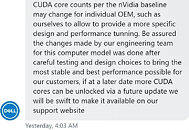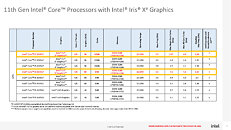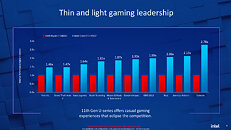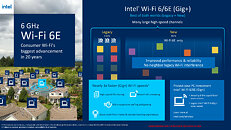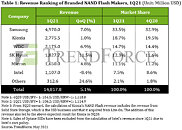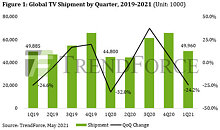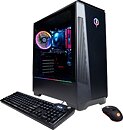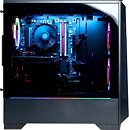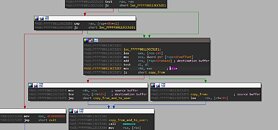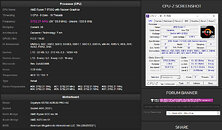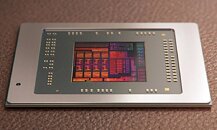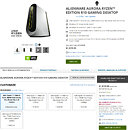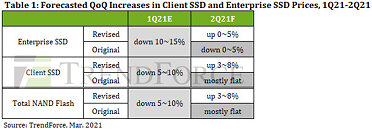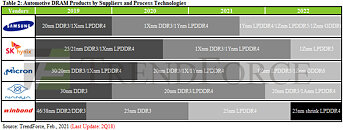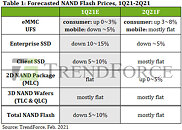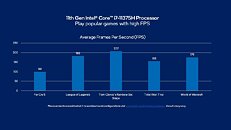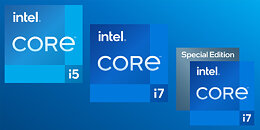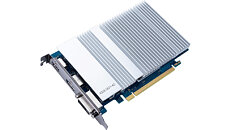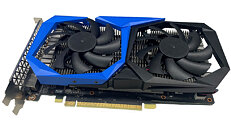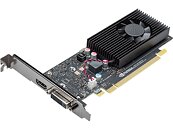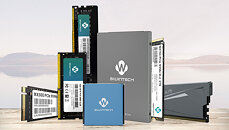
Alienware's Fewer CUDA Core Controversy Explodes, Company Admits Error, Announces mid-June Fix
Last week, it surfaced that Alienware shipped certain m15 gaming laptops with GeForce RTX 3070 Laptop GPUs with fewer CUDA cores than what is standard—4,608 vs. 5,120, without properly advertising it in their marketing material. Over the weekend, the company's train-wreck of a response played out. First, from Alienware's parent company Dell; and later by Alienware itself.
Dell, in a statement to Jarrod's Tech, tried to normalize the practice. "CUDA core counts per NVIDIA baseline may change for individual OEM, such as ourselves [Dell], to allow to provide a more specific design and performance tuning. Be assured the changes made by our engineering team for this computer model was done after careful testing and design choices to bring the most stable and best performance possible for our customers, if at a later date more CUDA cores can be unlocked via a future update, we will be swift to make it available on our support website," the Dell statement read.
Dell, in a statement to Jarrod's Tech, tried to normalize the practice. "CUDA core counts per NVIDIA baseline may change for individual OEM, such as ourselves [Dell], to allow to provide a more specific design and performance tuning. Be assured the changes made by our engineering team for this computer model was done after careful testing and design choices to bring the most stable and best performance possible for our customers, if at a later date more CUDA cores can be unlocked via a future update, we will be swift to make it available on our support website," the Dell statement read.
